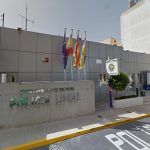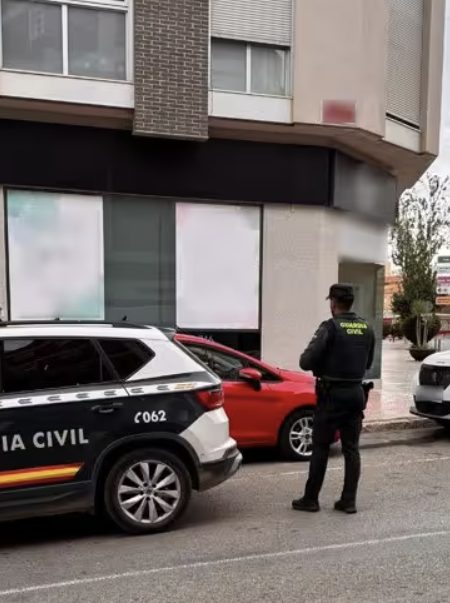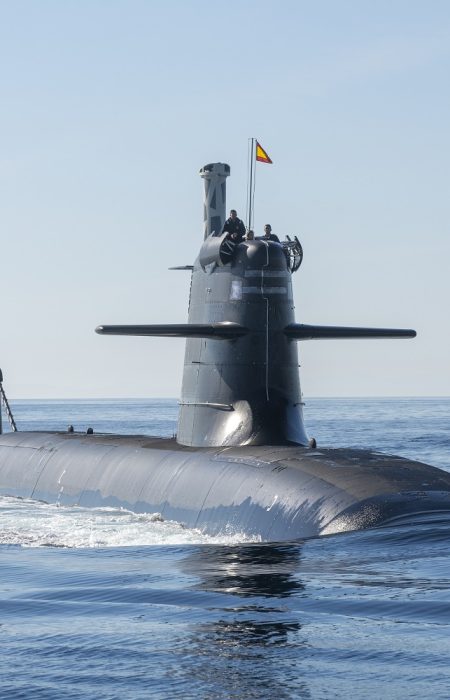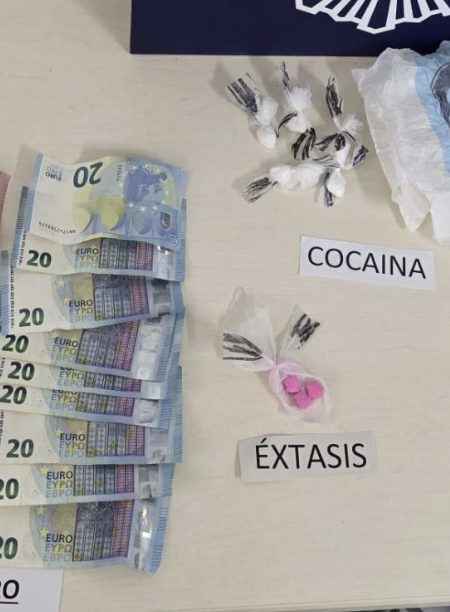In Benidorm, the National Police have broke up a criminal group that was involved in forgery, money laundering, and damage to property crimes. As a result of this action, fifteen people have been arrested and a lot of cash, electronics, and fake documents have been taken away.
Several crimes were reported to the National Police station in the Hortaleza area of Madrid, which led to the start of the operation. As soon as agents took their first steps, they were able to identify the ringleader. A SIM card that had been linked to 140 stolen cell phones was also found to be being used. On that card, texts that looked like SMS were sent about strange transfers made to a bank account in Germany.
A Pakistani man was in charge of the organisation. He set the rules for the group, made sure that fake papers and expensive cell phones were released, and made sure that foreigners, mostly Pakistanis, got their visas.
While the investigation was going on, it was found that the group’s boss used a “call centre” service to get into stolen cell phones and maybe get bank passwords. There were 784 contacts with this service over the course of one and a half months.
A number of phone shops in Benidorm were also used by the network to store and sell stolen phones. In one of them, police caught a person who had several cell phones on him, including one that had been reported stolen.
So that they wouldn’t be caught when the cops checked out businesses, the people involved kept and processed the devices in their homes. Members of the organisation also did jobs to counter-surveillance in the area around the building.
At the end of the operation, six searches were done in Benidorm, in two homes and four businesses. In total, fifteen people were arrested, thirteen men and two women from Spain, Pakistan, and Russia. They were aged 19 to 61. There were arrest records for six of the people being held for different crimes, and one of them was in Spain illegally.
During the raid, police seized 437 cell phones from different price ranges, three laptops, two hard drives, 34 pen drives, 25 passports, 16 ID cards from different countries, 9,100 euros, and 580 pounds in cash.
The Benidorm Court of First Instance heard three of the people who were being held. The investigation is still going on, and the goal is to find any possible helpers and find out if there are any links to other crimes that are similar.
What do crime groups do with them? With the help of social engineering, they use them to pull off large-scale scams. They get away with their crimes by pretending to be banks, phone companies, or other legal businesses. They make people think there is a problem with their bank account, credit card, or cell phone. They trick people into giving them private information like passwords or security codes by telling them lies. They can use the information they got to get into bank accounts, open stolen phones, or commit financial fraud.
Why do they use a “call centre”? Because they can call a lot of people at once, this service lets them commit crimes on a large scale. You can trust these services because they are well organised and use scripts to make them look professional and believable. Finally, they use fake phone numbers to keep from being caught, which gives them a lot of privacy.









No Comment! Be the first one.